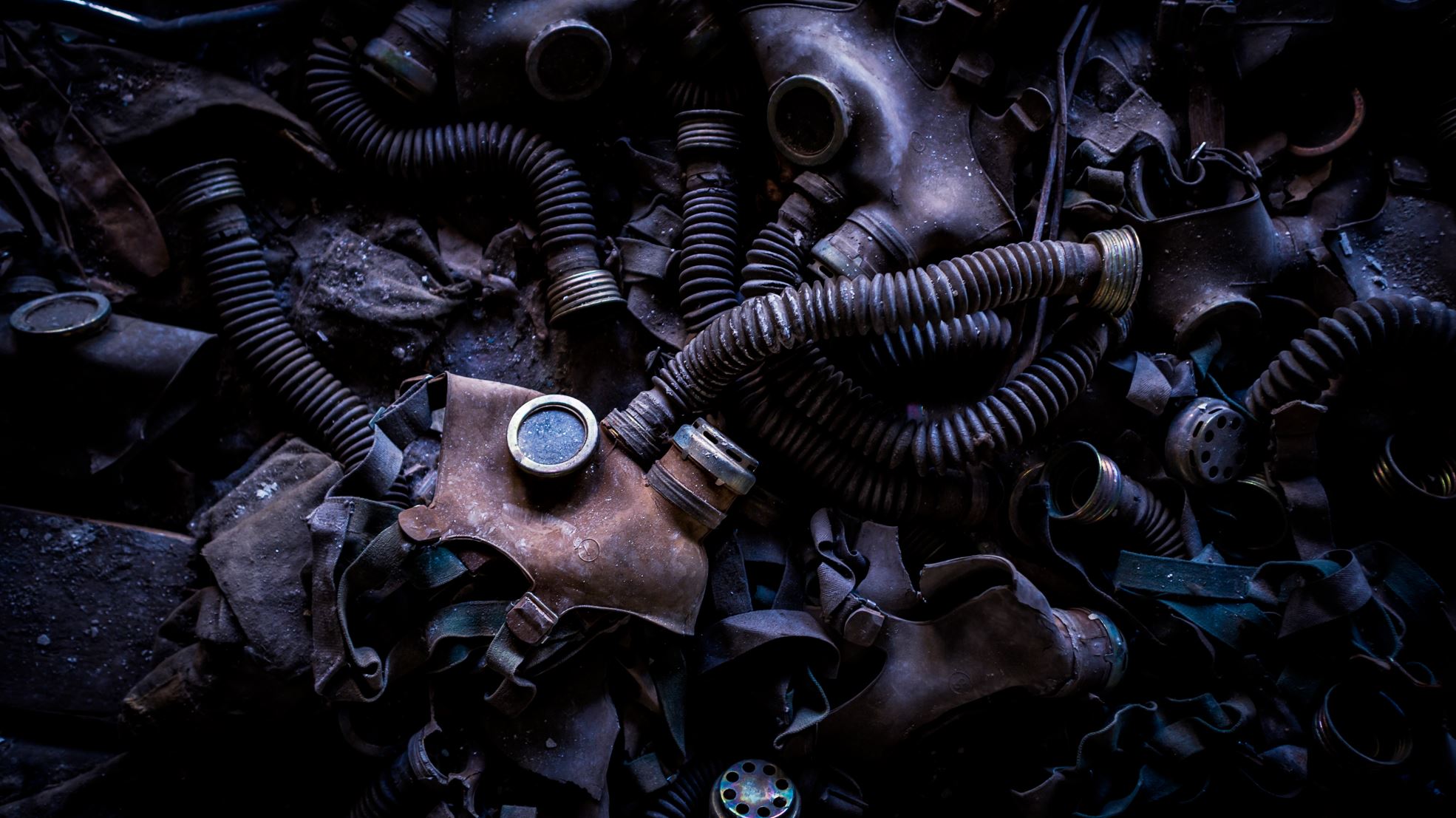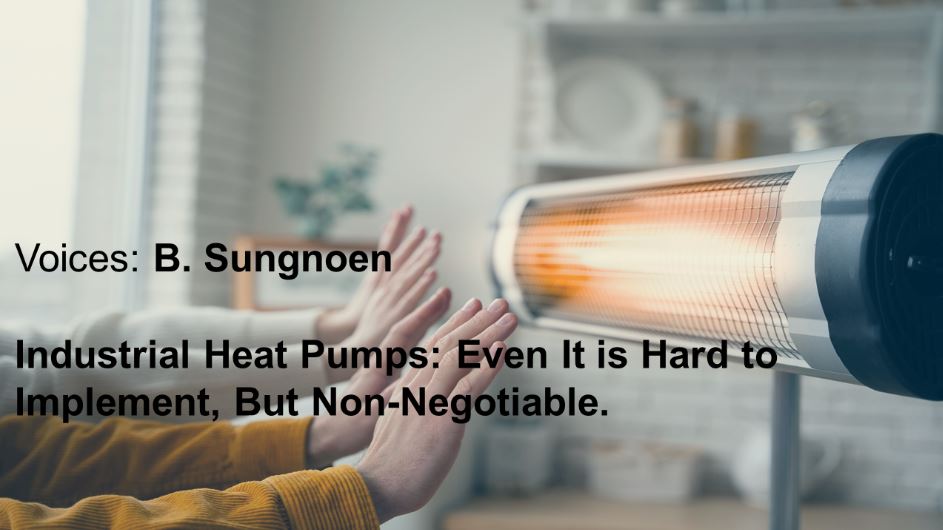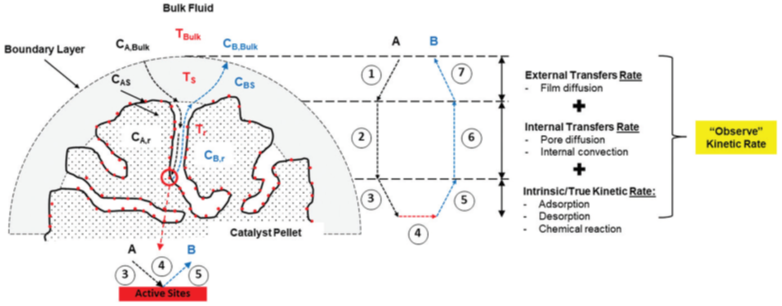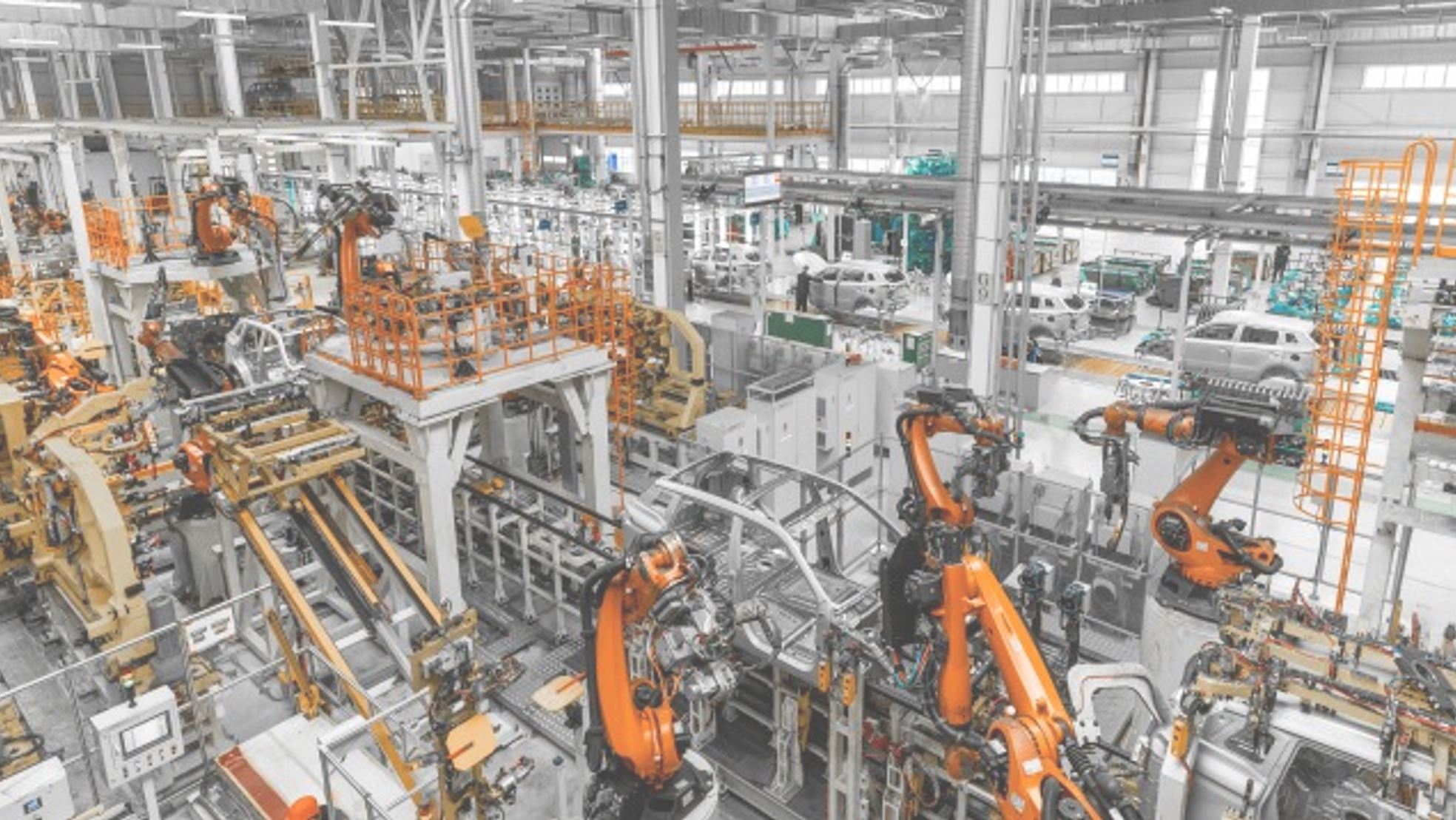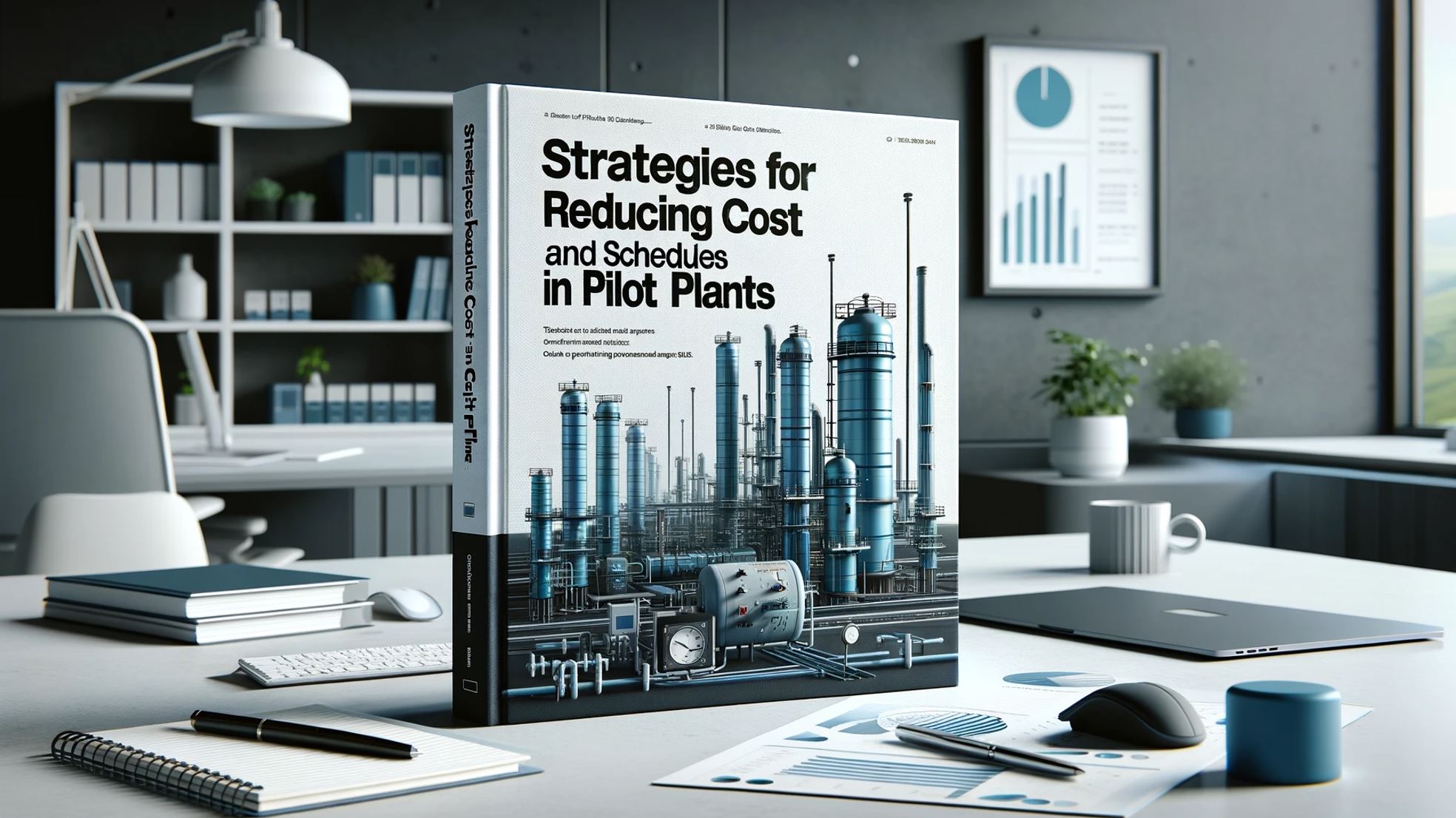Emergency Shutdown Systems (ESD) are critical safety systems designed to quickly halt processes during abnormal or dangerous conditions. In industries like oil and gas, petrochemicals, and power generation, an uncontrolled event (such as a major leak, equipment failure, or fire outbreak) can escalate rapidly. An ESD acts as a last line of defense to minimize consequences by shutting down equipment and isolating hazardous inventories. For example, if a gas plant detects a leak or fire, the ESD system may automatically close isolation valves, stop pumps, depressurize certain vessels, and cut off power to non-essential equipment. According to industry definitions, an ESD is used in hazardous areas to prevent situations that could have catastrophic effects on people, the environment, or operations. These systems are carefully engineered to be fail-safe: they are often designed such that any failure (loss of power, loss of instrument air, etc.) will cause the system to move to a safe state (e.g., valves closing). ESD systems are commonly found on oil and gas wellheads, processing plants, refineries, chemical plants, and even high-risk manufacturing facilities. Their purpose is to minimize the consequences of emergencies like leaks, explosions, or equipment malfunctions by rapidly bringing the plant to a safe state.
A typical Emergency Shutdown System includes field sensors (to detect abnormal conditions like high pressure, fire, or gas), logic solvers or safety PLCs (that decide when to trigger a shutdown), and final elements such as emergency block valves and trip relays. When activated, an ESD may execute a variety of actions nearly simultaneously. Examples of ESD actions include: shutting down equipment or entire process units, isolating hydrocarbon or chemical inventories by closing emergency block valves, cutting off electrical power in hazardous zones, depressurizing vessels through relief systems or blowdown valves, and activating ventilation controls. For instance, in an offshore platform, an ESD on gas detection might close subsea safety valves, stop compressors, vent the process gas to a flare, and initiate platform evacuation alarms – all within seconds. ESD designs often incorporate multiple levels (sometimes termed ESD-1, ESD-2, etc.) where different levels correspond to increasing areas of shutdown depending on severity. Modern ESD systems are implemented on certified safety PLCs (meeting SIL requirements) to ensure high reliability. They are also integrated with fire and gas detection systems. A well-designed ESD philosophy will define the cause-and-effect matrix: which inputs (like manual emergency push buttons or specific sensor alarms) trigger which shutdown actions in the plant. Performance considerations include ensuring valves close fast enough, having backup power supplies for the controls, and avoiding spurious trips (nuisance shutdowns) through proper instrumentation and logic design. Ultimately, an ESD system must strike a balance: it should be robust and fast-acting in a genuine emergency, yet not trigger unnecessarily to avoid undue production loss or risks during shutdown itself.
OSVARD leverages extensive engineering expertise to design Emergency Shutdown Systems tailored to your facility’s risks and operational needs. Our approach starts with understanding the process and identifying all scenarios that require automatic shutdown or isolation. We work closely with clients to develop an ESD hierarchy and philosophy (defining shutdown levels, zones, and triggers). OSVARD engineers then specify the appropriate hardware: from fail-safe actuated valves on critical pipelines to emergency stop stations accessible to personnel. We ensure that all components meet international standards (such as IEC 61508/61511 for functional safety and relevant API standards for valves) and local codes. Our designs incorporate redundancy and independence so that the ESD can operate under adverse conditions (e.g., fire damage, power loss). We also consider practical constraints, such as the need for flame-proof or intrinsically safe devices in hazardous areas and the placement of vents/relief devices to safely handle depressurization. OSVARD can produce the cause & effect charts and logic diagrams that form the backbone of the ESD programming. In addition, we assist with integration – making sure the ESD links properly with fire and gas detection, and that it can be manually initiated via accessible emergency push buttons. During commissioning, our team will help test the ESD (trip testing, valve closure timing, etc.) to verify it meets design intent. Ultimately, OSVARD delivers an ESD system design that gives plant operators and stakeholders peace of mind: knowing that if the worst-case scenarios occur, the facility will respond automatically and correctly to protect life and property.
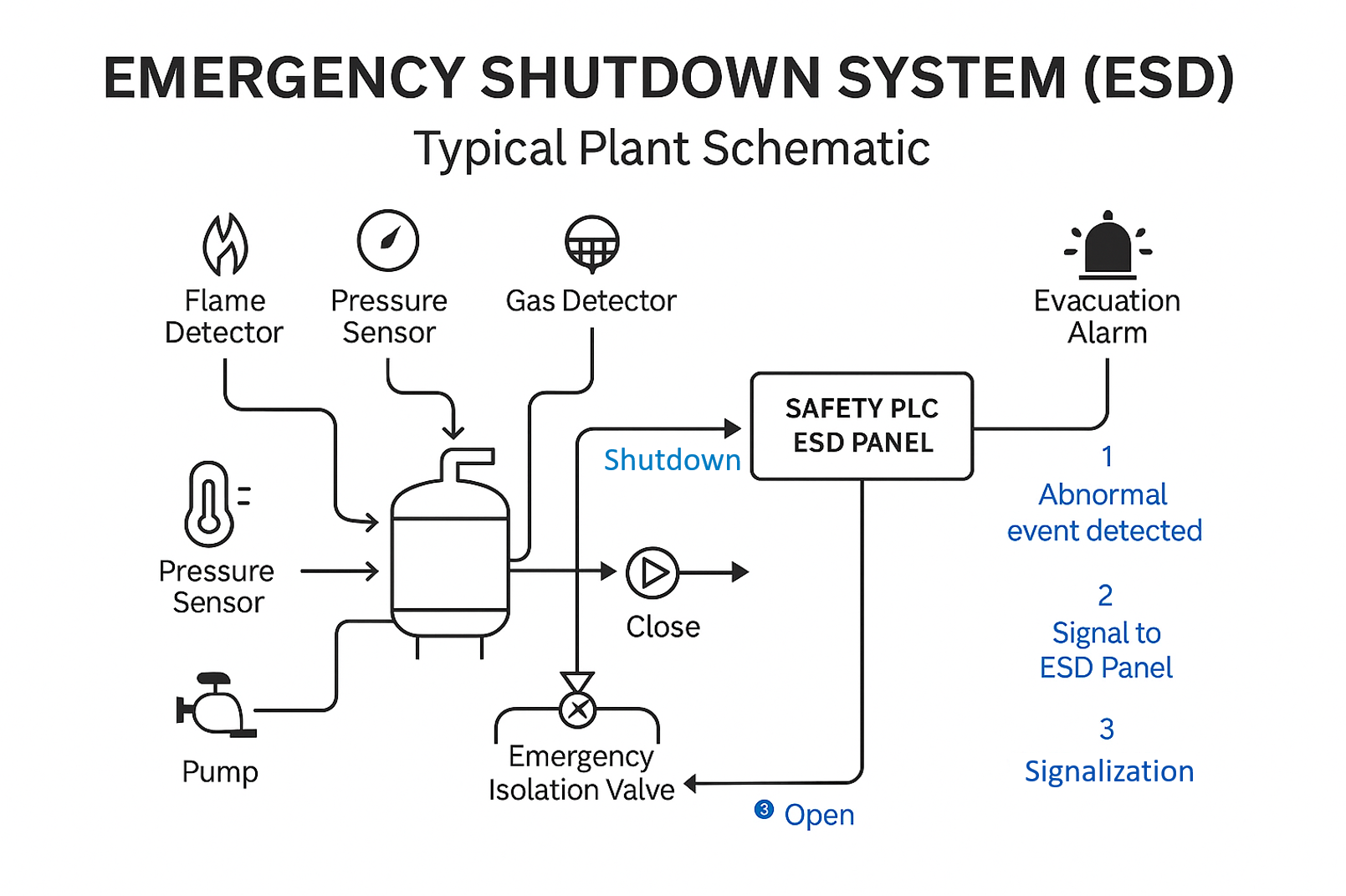
CCSDualSnap – An ESD is used in hazardous areas to prevent incidents with catastrophic effects; it’s designed to minimize emergency consequences (injury, equipment damage) by handling leaks, fires, explosions via quick shutdown actionsccsdualsnap.com.
CCSDualSnap – Emergency shutdown systems work by detecting critical conditions and then activating protective responses like shutting down equipment, isolating inventories, depressurizing, and ventilatingccsdualsnap.com.
CCSDualSnap – Examples of ESD actions include equipment shutdown, hydrocarbon isolation, power cutoff, depressurization (blowdown), and closing fire barriers, all aiming to quell the incident rapidlyccsdualsnap.com.



